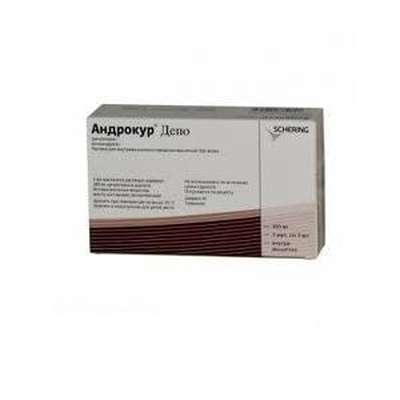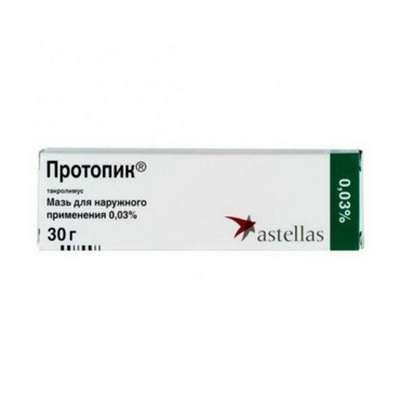Instruction for use: Sopolcort H
I want this, give me price
ATX Code H02AB09 Hydrocortisone
Active substance: Hydrocortisone
Pharmacological group
Glucocorticosteroid
Nosological classification (ICD-10)
E27.4 Other and unspecified adrenocortical insufficiency
Hypocorticism, Hypoaldosteronism, Adrenal insufficiency, Insufficiency of the adrenal cortex, Insufficiency of the adrenal cortex, Secondary adrenocortical insufficiency, Secondary adrenal insufficiency, Secondary insufficiency of the adrenal cortex, Temporary decrease in the function of the adrenal cortex, Dysfunction of the adrenal cortex
J45 Asthma
Asthma physical effort, status asthmaticus, Bronchial asthma, Asthma lung flow, Bronchial asthma with obstruction of sputum discharge, Bronchial asthma heavy currents, Bronchial asthma physical effort, hypersecretory asthma, Hormone-dependent form of bronchial asthma, Relief of asthma attacks in bronchial asthma, Non-allergic asthma, nocturnal asthma, Exacerbation of asthma, Asthma attacks, Endogenous forms of asthma, Night asthma, Cough with bronchial asthma
L20 Atopic dermatitis
Itchy atopic eczema, Common neurodermatitis, Allergic skin diseases, Allergic skin diseases of non-infectious etiology, Allergic skin diseases of non-microbial etiology, Allergic skin diseases, Allergic skin lesions, Allergic manifestations on the skin, Allergic dermatitis, Allergic diathesis, Allergic itching dermatosis, Allergic Skin Disease, Allergic skin irritation, Dermatitis allergic, Atopic dermatitis, Dermatosis allergic, Diathesis exudative, Skin Allergic Disease, Skin allergic reaction to medicinal and chemical preparations, Skin reaction to medication, Skin and allergic disease, Acute eczema, Chronic atopic dermatitis, Exudative diathesis, Itching allergic dermatosis
R57 Shock, not elsewhere classified
Obstructive shock
T78.2 Anaphylactic shock, unspecified
Anaphylactic shock, Anaphylactoid reaction, Anaphylactic shock, Anaphylactic reactions, Anaphylactic shock to drugs
T78.3 Angioedema
Edema Quincke, Laryngeal exacerbation with angioneurotic edema, Recurrent angioedema, Allergic edema, Recurrent swelling of Quincy
T79.4 Traumatic shock
Hemorrhagic shock, Crush syndrome, hemorrhagic shock, postoperative shock, post-traumatic shock, traumatic shock, hemorrhagic shock and encephalopathy syndrome
T81.1 Shock during or after the procedure, not elsewhere classified
Operating shock, Postoperative shock, Operational shock
Composition and form of release
Solution for injection 100 mg / 2 ml complete with a solvent 1 set.
Ampoule I 2 ml
Hydrocortisone hemisuccinate 0.1 g
Dimethylacetamide 0.108 g
Propylene glycol up to 2 ml
Ampoule II 3 ml
Sodium bicarbonate 0.018 g
Water for injection up to 3 ml
In the package 5 sets.
pharmachologic effect
Pharmacological action - anti-inflammatory, anti-allergic, anti-shock.
Oppresses phospholipase A2, reduces the synthesis of PG (prostaglandins) and the isolation of macrophage chemotactic factor.
Pharmacodynamics
The sodium salt of hydrocortisone hemisuccinate formed after mixing the contents of ampoule I with the contents of ampoule II is highly soluble in water and is intended for parenteral use. Has a full range of properties inherent in glucocorticoids and affects all types of metabolism - carbohydrate (increases the level of glycogen in the liver), mineral (inhibits the release of sodium, increases - potassium), protein, fat. Has pronounced anti-shock, anti-inflammatory and anti-allergic effect. Reduces the migration of macrophages and lymphocytes to the focus of inflammation, stabilizes the membranes of lysosomes, prevents the isolation of lysosomal enzymes, inhibits alteration, exudation and proliferation. The antiallergic effect is due to blockade of release from sensitized mast cells and basophils of histamine and other biologically active substances, suppression of immunogenesis. Delays in the body sodium ions and water, increasing the volume of blood plasma, the hydrophilicity of tissues, increases blood pressure (arterial pressure). Normalizes the parameters of hemodynamics in shock, increases the lowered blood pressure. Increases glomerular filtration and tubular reabsorption of water and sodium.
Indication
Acute adrenal insufficiency, shock of different etiology - post-traumatic, postoperative, infectious-toxic, cardiogenic, burn, anaphylactic, hemolytic (with transfusion of incompatible blood), allergic reactions - bronchial asthma, Quincke edema, skin-allergic diseases, prevention and treatment of complications after a strumectomy (Swelling of the larynx and vocal cords).
Contraindications
Hypersensitivity, active forms of tuberculosis, viral diseases, latent foci of infection, infectious diseases, gastric and duodenal ulcer, diabetes mellitus, acute gastroenteritis, Cushing syndrome, osteoporosis, predisposition to thrombosis, arterial hypertension, acute psychosis, acute renal failure.
Side effects
Cushing's syndrome, electrolyte metabolism disorders (hypernatremia, hypokalemia), negative nitrogen balance (increased catabolism), decreased glucose tolerance, hyperglycemia, decompensation of diabetes mellitus, ulceration of the gastrointestinal tract, activation of latent foci of infection, insomnia, dizziness, Headache, convulsions, psychosis, dysmenorrhea, muscle weakness, atrophic skin changes.
Interaction
The effect is reduced by barbiturates, antiepileptic and antihistamines. Salicylates and other NSAIDs (non-steroidal anti-inflammatory drugs) increase ulcerogenicity. Reduces the activity of salicylates, antidiabetics, increases - indirect anticoagulants, toxicity of digitalis preparations and diuretics (hypokalemia). With simultaneous use with anabolic steroids, the risk of edema development increases. Pharmaceutically incompatible with acetylsalicylic acid, phenytoin, barbiturates and chlorpropamide.
Dosing and Administration
Intramuscularly (intramuscularly), intravenously (intravenously) slowly (within 3-5 minutes) or drip. Immediately prior to administration, mix the contents of the two ampoules in the following order: slowly add the contents of ampoule I (hydrocortisone hemisuccinate solution) to ampoule II (sodium bicarbonate solution) and gently mix until the solution ceases to foam; When injected / in drip, 100 mg of the drug is dissolved in 500 ml of isotonic sodium chloride solution or in 5-10% glucose solution.
The dose is determined individually. Adults: the initial dose is 100-500 mg, depending on the severity of the patient's condition; Treatment is started iv in (intravenously) by the introduction within 30 s of a dose of 100 mg and up to 30 min of a dose of 500 mg. The dose of the drug is given repeatedly every 2-4-6 h (depending on the clinical picture and the response of the body); High doses are prescribed until the patient stabilizes, but no more than 48-72 hours.
Children: prescribed in smaller doses (more determined by the effect and severity of the condition than age or body weight), but not less than 25 mg / day.
Termination of the introduction of glucocorticoids after prolonged treatment should be carried out gradually to avoid the development of acute adrenal insufficiency.
Precautionary measures
During the treatment, vaccination can not be carried out. Intensive therapy (large doses) should not last more than 48-72 hours.
Storage conditions
In dry, the dark place at a temperature of 15-25 ° C. Do not freeze.
Keep out of the reach of children.
Shelf life
3 years.
Do not use after the expiry date printed on the package.

 Cart
Cart





